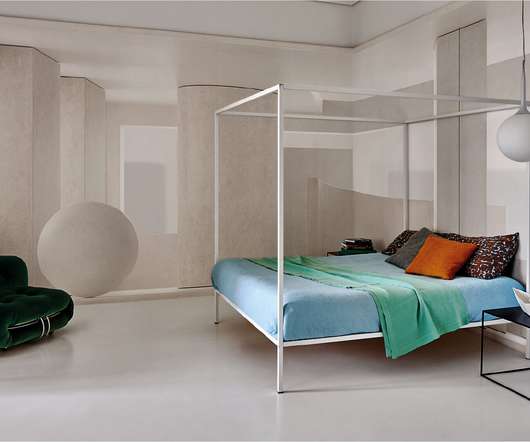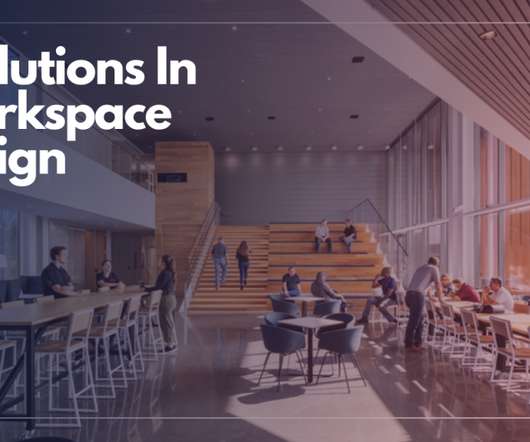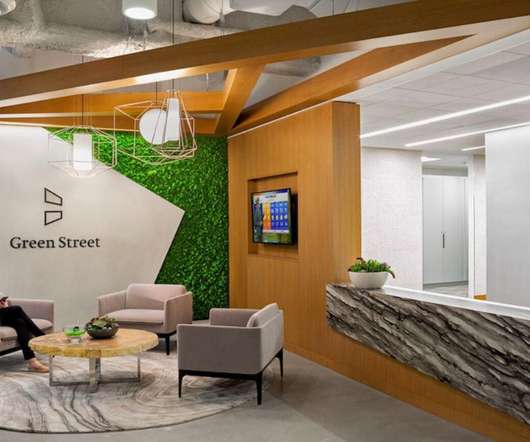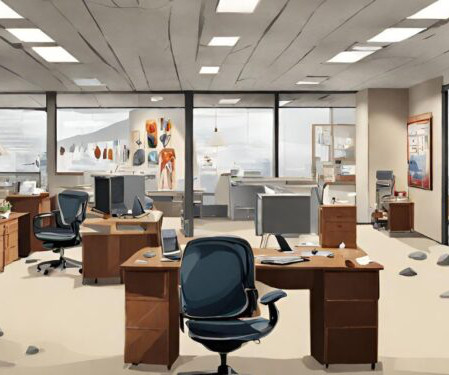Simone Bonanni sculpts spaces with wallpaper collection Second Life for LondonArt
Design Wanted
SEPTEMBER 3, 2021
The collection stands out for its eclectic, ornamental character expressed through a distinct compositional balance, stylistic combinations, and completely different textures that share a common inspiration on forms and perspective. The company’s design challenge was to promote the style and graphic signature of each designer.












Let's personalize your content